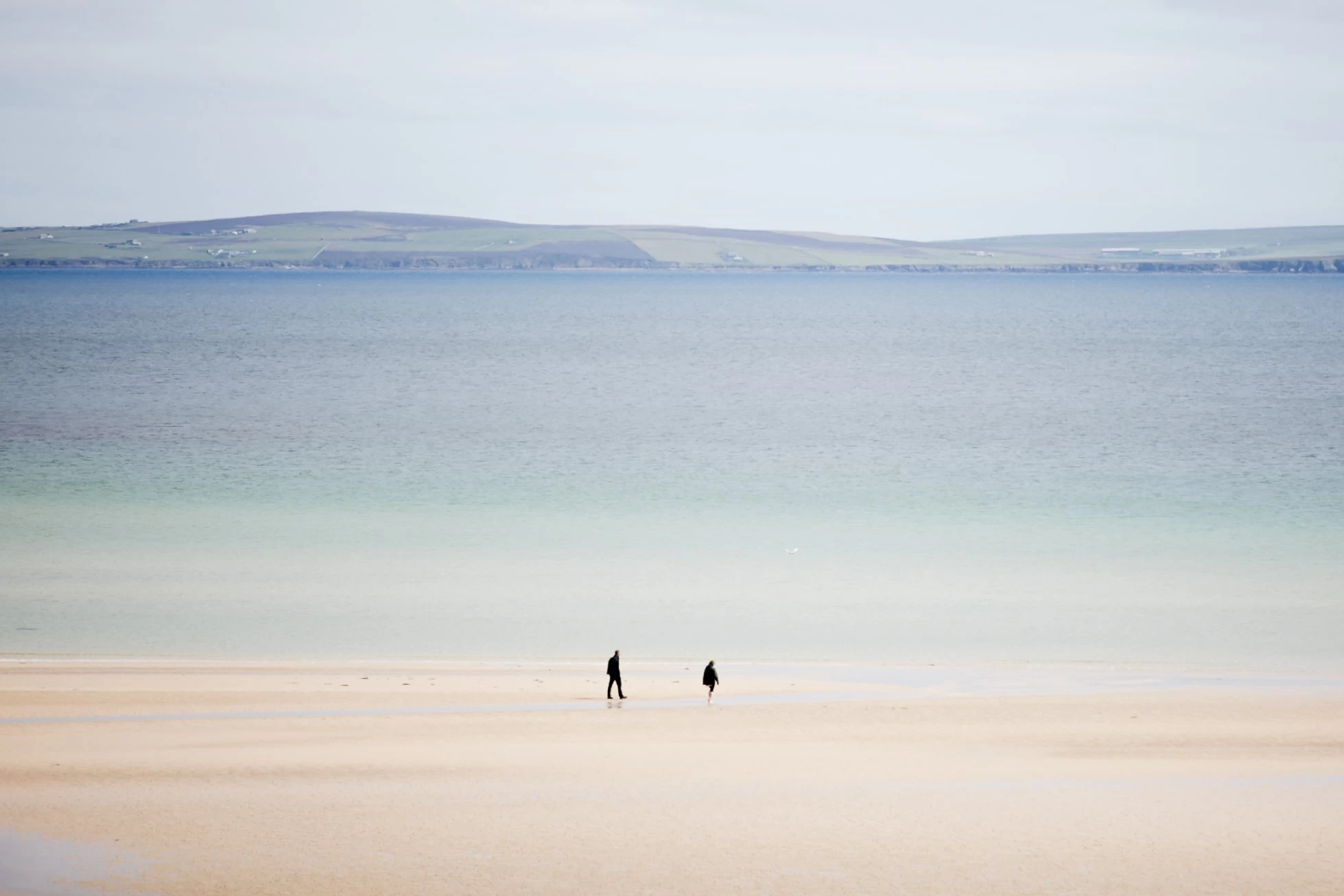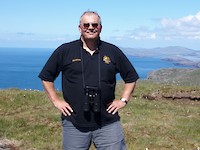After almost two years I still haven’t explored the whole of Orkney.
I don’t know, for instance, if that particular beach is good for Groatie buckies - small cowrie shells, highly prized by Orcadians - or the view from that hill is particularly fine. I haven’t eaten at that restaurant nor have I seen what is round that next corner on my walk.
To friends in the south Orkney is a tiny, remote Scottish island. They believe one could walk round in a day and then want somewhere else to visit. The truth is that since settling here we have become the same creatures of habit we were in the big city – the same selection of walks, regular eateries, favourite shops and – dare I say it in high summer – same telly programmes.
I post photographs of views on Facebook to impress the southerners, but I realised the other day, they are starting to be a bit repetitive: Hoy from Warbeth; Hoy from Clestrain; Orphir from Scorradale; Clestrain from Scorradale and Scapa Bay from Scapa Beach. I think they might have noticed by now and are confirmed in their view Orkney’s not very big.

I was thinking about this and then realised it doesn’t really matter. Of course I tend to see the same views, I live in the same place. Every time I go anywhere it is over Scorradale, Hobbister or Heddle (I forgot to mention the view back from Hobbister to Orphir is my favourite). I love those panoramas, I never tire of them so it’s OK. After all, it wouldn’t do if love – of anything – didn’t last a bit longer than two years.
I once spoke to a 90-year old lady who had lived on Fair Isle all her life but had never seen the north lighthouse. On an island just three miles long and half a mile wide that seemed improbable but her nephew confirmed it. She was the eldest of six so stayed home to prepare the food when the others went to the peats (the only reason a Fair Islander would have for going near the lighthouse would have been the peats). I checked the figures and Mainland Orkney has 75 times the area of Fair Isle so that made me feel less of a stay-at-home.
I do enjoy the vistas so I thought I would cogitate what it is about them that is so great. First of all they are wide open, from my room I can see Duncansby Head, 20 miles away across the Pentland Firth and the Scaraben Mountains 50 miles away in Caithness. People said I would miss the trees but in truth I miss the open views when I travel south. Driving through Leicestershire I was frustrated by the hedgerows that stopped me looking around. Apart from anything else looking into the distance relaxes the eyes.

Then there are the colours. When the sun shines the sea blue is incomparable. The colour is created by white light from the sun shining through it. The red, green and yellow wavelengths are absorbed, only the blue is reflected into our eyes so that is the colour we see. In shallow water the light is reflected from the sand and gives us the turquoise. We see this colour best close to shore and especially when flying over the islands.
Blue, it turns out, is everyone’s favourite colour. In repeated surveys all over the world blue comes top. It soothes the mind, apparently. It is serene and mentally calming. Even the words we have for it are tranquil: azure, cerulean, teal. The artist Yves Klein said in 1961 ‘the use of one colour over the whole canvas opens the window to freedom’ someone added later ‘it is a means of evoking immateriality and boundlessness of one’s own particular utopian vision of the world.’ Wow, no wonder I enjoy looking at the sea.

If I sit with the road behind me and the expansive view to the fore, there are few distractions. Nothing flashes across the field of view to disturb the train of thought. Movements are slowed by distance from the observer.
The passage of boats, birds, tractors and people can be taken in, often without turning the head.
I can observe goings on without taking part in them, or being seen myself. I have solitude, there’s no matter if I fall asleep (as I often do).
On June 16th, almost the longest day, at about 10pm, the whole rim of Scapa Flow – Hoy, with Cava in front, Flotta and South Ronaldsay was glowing pink. The water was flat calm and the sky still light. I picked up my binoculars, every detail on the far shores was picked out: Flotta’s war time cinema; the old radio communications centre and storage tank at Lyness; houses (ruined and lived in) cliff edges and grassy slopes; boats were sailing by, and clouds.
It doesn’t matter I haven’t seen every view in Orkney – I haven’t finished this one yet.
 Richard contributes regularly to Scottish Islands Explorer magazine and his first book: 'Scotland’s Islands – A Special Kind of Freedom' was published in 2014. His new book 'Orkney – A Special Place' is available from all the usual outlets now.
Richard contributes regularly to Scottish Islands Explorer magazine and his first book: 'Scotland’s Islands – A Special Kind of Freedom' was published in 2014. His new book 'Orkney – A Special Place' is available from all the usual outlets now.
The Digital Orkney project has been part financed by the Scottish Government and the European Community Orkney LEADER 2014-2020